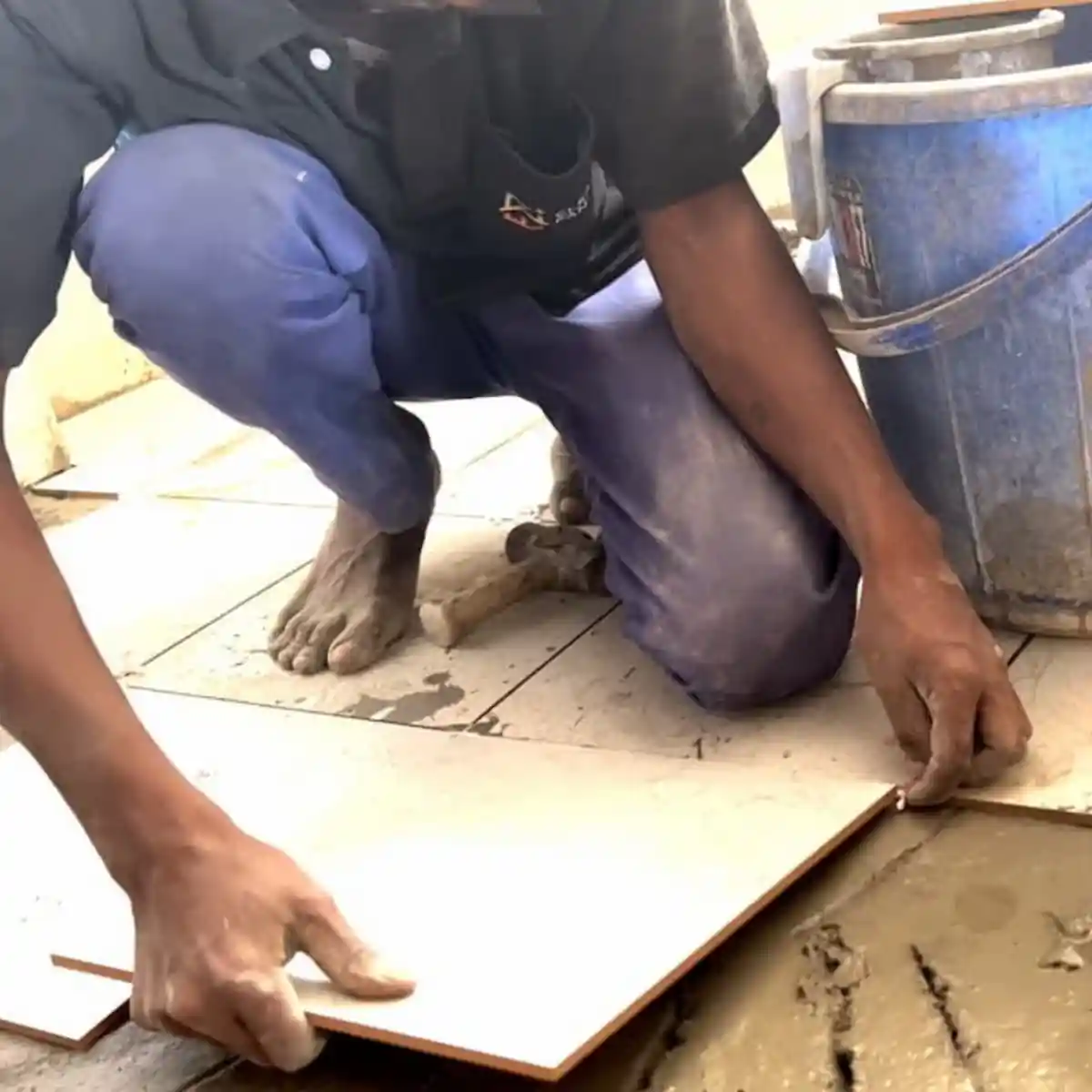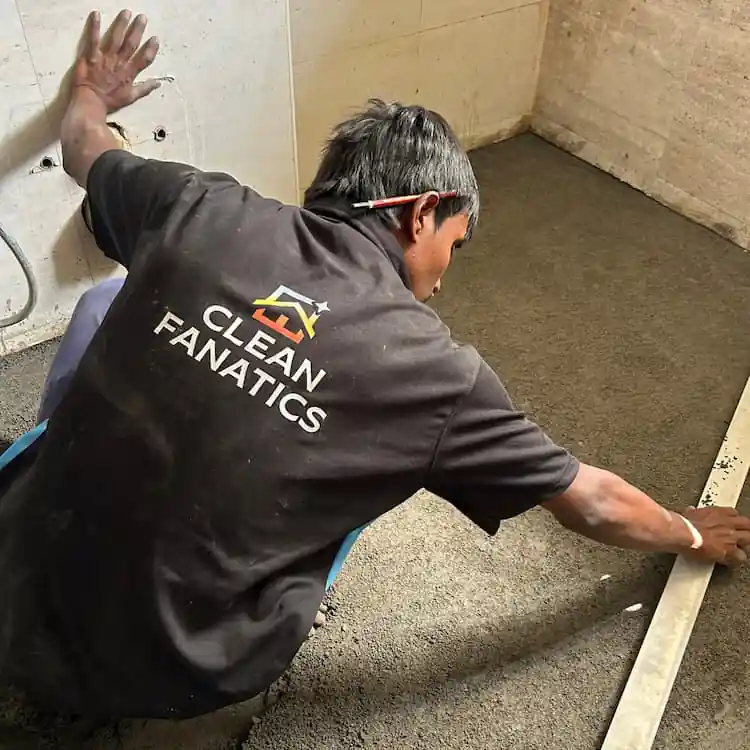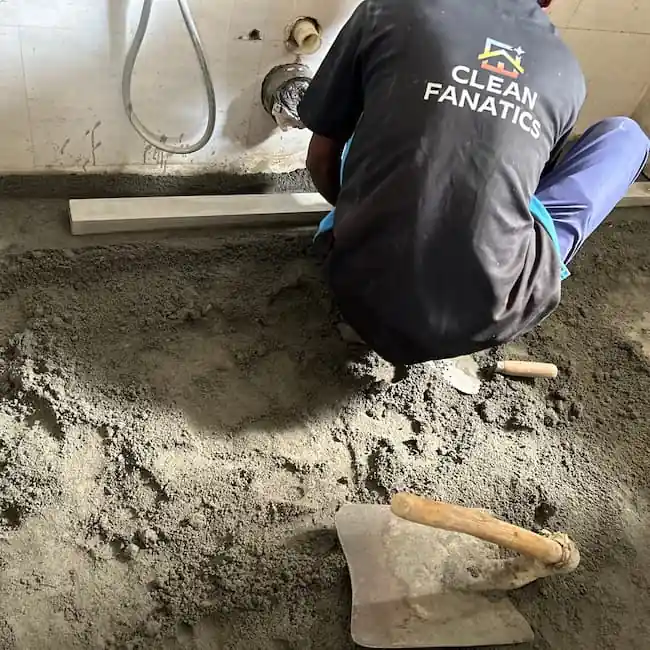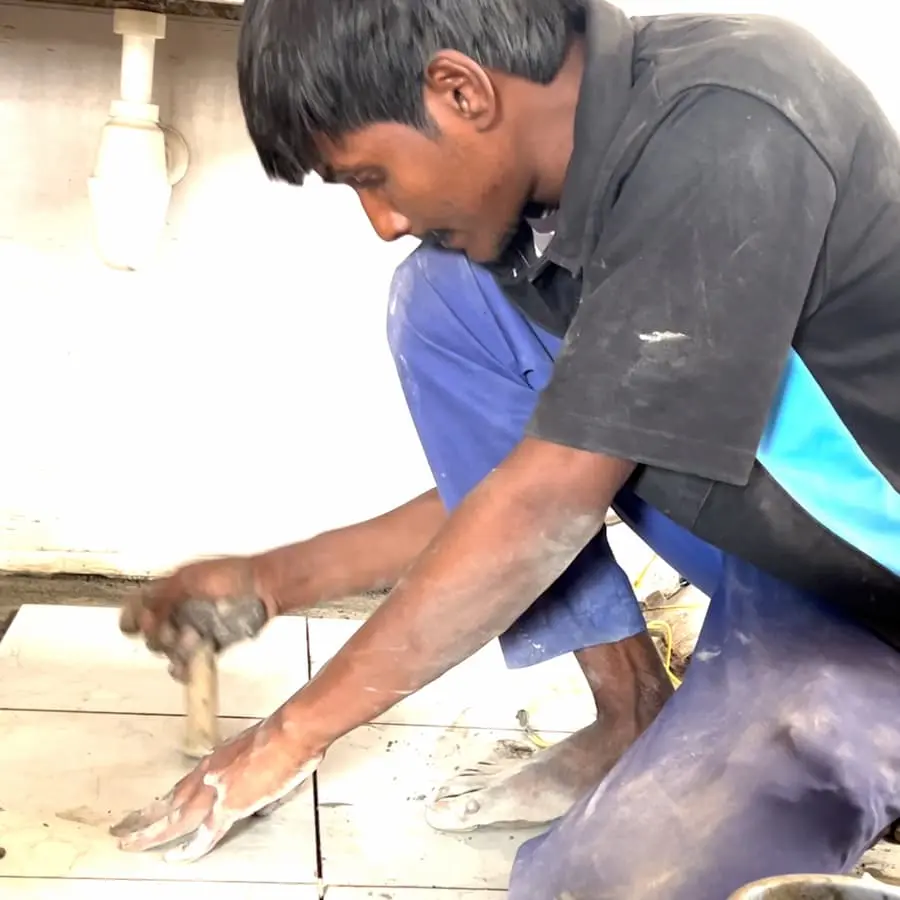Stone & Tiles Repair Services in Bangalore




When to Consider Tiles and Stone Replacement?
Here’s when you should consider getting a tile repair contractor in Bengaluru, Karnataka.
Damaged Floors and Walls:
Obvious signs of damage, such as cracks, chips, or stains on your floors or walls, indicate the need for renovation.
Outdated Aesthetics:
When your stone or tile surfaces no longer align with your design preferences or current interior trends, it might be time for an update.
Aesthetic updates can breathe new life into your home, creating a more visually appealing and enjoyable living space. Modernizing your surfaces can also enhance the overall ambiance of your home.
Structural Issues:
If you suspect that your stone or tile surfaces are causing or exacerbating structural issues in your home, such as uneven floors or walls, it’s essential to investigate further. Structural issues require immediate attention. Replacing damaged or poorly installed stone and tile can address the root cause and help restore the integrity of your property.
Efficiency and Functionality:
If your stone or tile surfaces are no longer serving their intended purpose efficiently, it’s time to assess their functionality. For surfaces like kitchen countertops or bathroom vanities, functionality is key. Replacing these areas can improve workspace efficiency, ease of use, and overall convenience.
Upcoming Lifestyle Changes:
Anticipating Changes: If you’re planning major lifestyle changes, such as expanding your family or accommodating aging family members, consider how your stone and tile surfaces can support these changes.
Reason for Replacement: Reconfiguring your living spaces or adding accessibility features may necessitate replacing certain surfaces to better suit your evolving needs.
Increasing Property Value:
If you’re looking to increase the value of your property for resale or investment purposes, replacing stone and tile surfaces can be a strategic upgrade.
High-quality, attractive stone and tile can enhance your home’s overall appeal, potentially leading to a higher resale value. Prospective buyers often appreciate well-maintained and modern surfaces.
Maintenance Challenges:
If your current stone and tile surfaces require constant and labor-intensive maintenance, it may be time to explore more manageable options. Replacing surfaces with materials that are easier to clean and maintain can save you time and effort in the long run while still providing a beautiful and functional space.
Why Choose Tiles and Stones Replacement?
Durability and Longevity:
Stone and tile surfaces are often chosen for their durability, but over time, wear and tear can occur. Chips, cracks, and deterioration can compromise their longevity. Replacing stone and tile surfaces is essential when you seek to restore or enhance their durability and longevity. Upgraded materials, better installation methods, or improved maintenance practices can ensure that your surfaces remain resilient and functional for many years.
Timeless Aesthetics:
Aesthetic trends come and go, and what was fashionable in the past may no longer align with your current design preferences or contemporary design styles. To maintain timeless aesthetics, it’s important to replace stone and tile surfaces that have become outdated or closely associated with a particular era. Choosing classic designs and neutral color schemes can help your space remain stylish and adaptable to evolving design trends.
Low Maintenance:
Some stone and tile materials, especially those with porous surfaces or light colors, can be prone to staining, require frequent sealing, or demand intensive cleaning efforts. Opting for low-maintenance stone and tile replacements can significantly reduce the time and effort spent on upkeep. Modern materials often come with features such as stain resistance and easy-to-clean surfaces, making them a practical choice for busy households.
Design Versatility:
Certain stone and tile options may limit your design possibilities due to their specific patterns, colors, or sizes. When seeking design versatility, replacing rigid or restricting surfaces can open up new creative opportunities. Choose materials that offer a wide range of options in terms of colors, patterns, and sizes, enabling you to adapt your space to your evolving design preferences.
What’s included in Clean Fanatics stone & tile fixing services in Bangalore?
Tiles and stone replacement services encompass a comprehensive range of tasks and considerations aimed at rejuvenating the appearance, functionality, and safety of your surfaces. Here’s a breakdown of what’s typically included in these services:
Tiles play a crucial role in defining the aesthetic and functionality of your space, whether it’s your kitchen, bathroom, or any other area in your home. Over time, tiles can wear down, crack, or simply go out of style. When that happens, it’s time to consider tile replacement. In this comprehensive guide, we’ll explore step-by-step process of getting it done.
1. Preparation:
Before replacing tiles, we carefully clear the area and remove any old or damaged tiles, leaving the surface clean and ready for new installation. This thorough preparation ensures a fresh start for a flawless tile fix.
2. Surface Inspection:
Our team inspects the underlying surface for any cracks or uneven spots. By addressing these issues upfront, we ensure a strong foundation for your new tiles, making them last longer.
3. Measurement & Layout Plan:
We carefully measure the area and design a layout that enhances the visual appeal. Factoring in permissible waste, we order the exact quantity of tiles needed, ensuring a cohesive and balanced look.
4. Tile Installation:
Using high-quality adhesive, we install each tile precisely according to the planned layout, maintaining even spacing and alignment. After placing the tiles, we allow the adhesive to set fully, creating a solid, durable bond.
5. Curing Time:
After installation, we let the tiles cure for a minimum of 48 hours, ensuring the adhesive bonds strongly before moving to the next step.
6. Grouting:
We fill the spaces between the tiles with carefully prepared grout, wiping off any excess to give your tiles a clean and polished look.
7. Final Cleanup:
Our service concludes with a thorough cleaning, leaving your tiles sparkling and ready to impress.
Stone replacement is an art that requires precision and expertise. Our Clean Fanatics team follows a structured process to restore the beauty and durability of your stone surfaces, whether on floors, walls, or pathways.
1. Assessment & Stone Selection:
We begin by evaluating the damaged stone to find a perfect match in size, shape, and texture. Each stone replacement is chosen to blend seamlessly with the surrounding area.
2. Removal:
Removing old stones requires skill and care to avoid affecting the adjacent surfaces. Our team takes every precaution to keep the surrounding stones intact.
3. Surface Cleaning:
The area is thoroughly cleaned, removing any residues that might affect the fit of the new stone, ensuring a secure placement.
4. Precision Cutting & Placement:
The replacement stone is cut to fit perfectly into the designated spot. With specialised tools, our technicians create a flawless fit that aligns with the existing stonework.
5. Application of Adhesive:
High-quality adhesive is applied to both the stone and the setting, securing it in place and aligning it seamlessly with adjacent stones.
6. Curing Period:
Allowing for a minimum curing time of 48 hours, we ensure the stone is firmly bonded before moving forward.
7. Grouting & Final Touches:
The final step is to fill the gaps with grout that matches the color and texture of the surrounding stone. Our team then performs a final cleanup and inspection, delivering a pristine, professionally finished surface.
